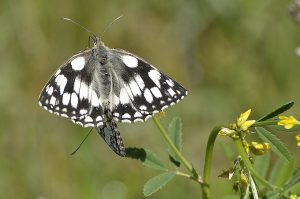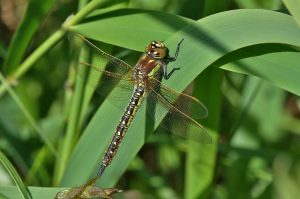Listened to an episode of “The Infinite Monkey Cage” (BBC Radio Four) about Fungi (listen to it on BBC Sounds). But the edited highlights are
The earliest fossils of fungi date to 1 bya, therefore Fungi seem to have been around before plants and animals had eveolved, Indeed Fungi are held to be closer to animals than plants and there are an estimated 3 to 6 million species on the planet (barely 10% have been documented). Fungi evolved in the icean and may have moved onto the land alongside plants, indeed may have made it possible for plants to exist on land. There are plants dated to 425 mya that show fungal connections. Fossil fungi have been found the size of a house.
The DNA of fungi is as diverse as that of a Flea and an Elephant and fungolgists have somewhat implausibly identified 23,000 different ways fungi might go about reproducing ! A distinguishing feature of Fungi is that they put themselves into their food, whereas plants and animals put food into themselves.
I have mentioned before how fungi can be active predators by setting traps and “hot pursuit, but to these we can add “harpooning” nematodes and poisoned baits. Alternatively there are parasitic fungi that take control of an insect hosts, in effect the zombie insect becoming part of the fungus.


